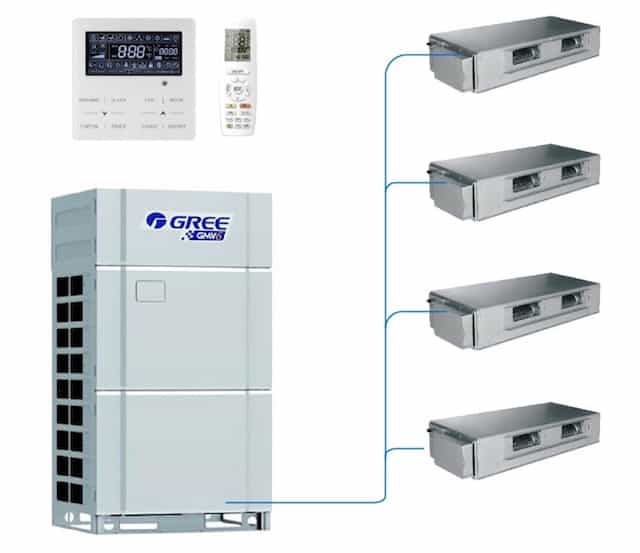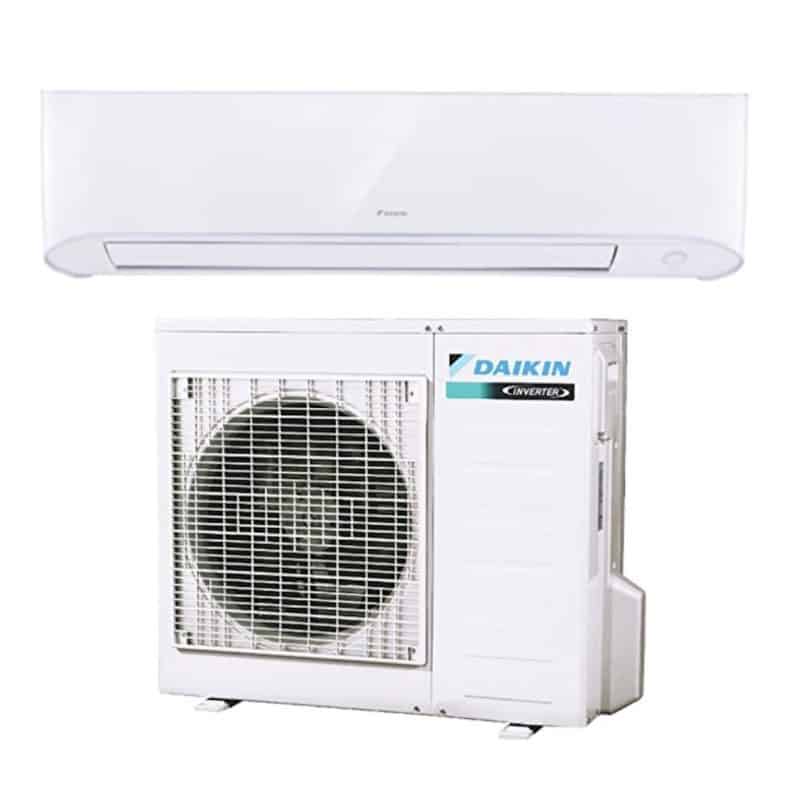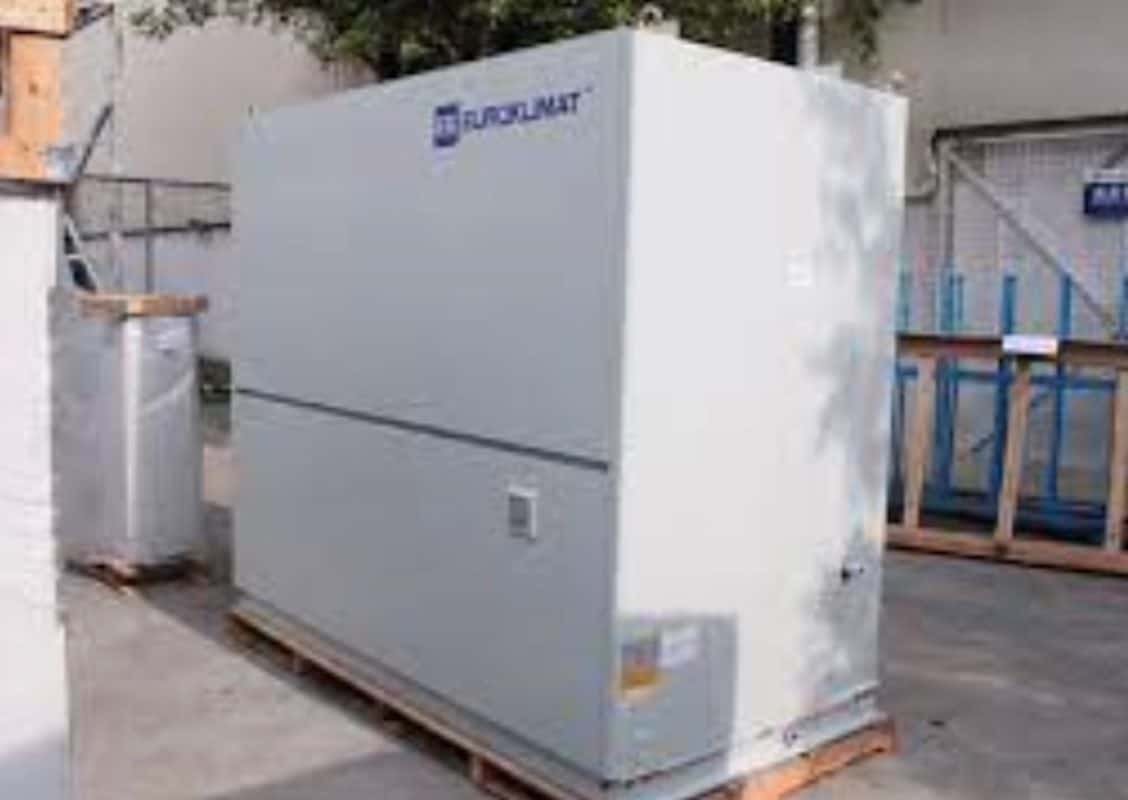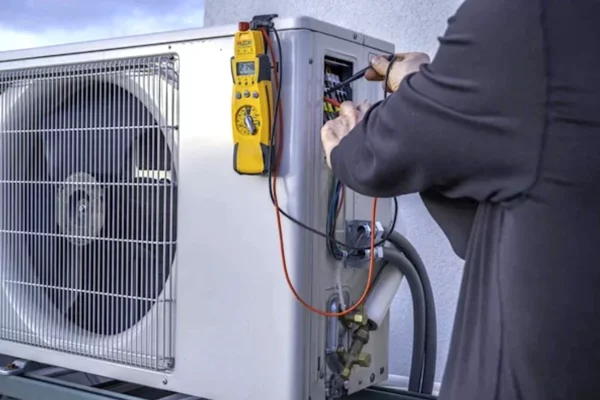Do Air Conditioners Use A Lot of Electricity?
Our house bill sure will go up whenever we use the air conditioner for long hours. It makes me wonder do air conditioners use a lot of electricity and how much is “a lot”? So, I went to do some readings.
First of all, how much electricity do air conditioners use? In 2016, cooling alone accounted for 18.5% of total electricity used in buildings. Globally, electricity use by air conditioners for cooling reached about 10% of total electricity consumed in all sectors in the year 2016, according to International Energy Agency.
Air conditioners use a significant portion of the electricity that we generate. Have you ever thought of why do air conditioners use so much electricity?
Why Do Air Conditioners Use So Much Electricity?
A large portion of electricity is consumed by one component inside an air conditioner which is the compressor. The compressor is accounted for over 90% of electricity use in an air conditioner. The rest of the electricity is used by other components such as the fan motor, expansion valve and circuit board.
The compressor is one of the major components in an air conditioner alongside the expansion valve, evaporator coil and condenser coil. The purpose of the compressor is to increase the pressure of the refrigerant as well as push it around the air conditioner in a closed-loop.
When the R32 refrigerant flows back to the compressor, its pressure is increased from about 174 psi to 377 psi by the compressor. The compressor increases the pressure of the R32 refrigerant by 203 psi. To compare, 203 psi is equivalent to about 250 strong male adults push by hand on the same spot at the same time. Well, that’s some serious pressure going on inside the air conditioner.
To exert such an enormous amount of pressure, the compressor requires a lot of electricity to spin the wheel. Furthermore, the compressor works continuously in such a way for many hours. That’s why air conditioners use so much electricity.
Which Type of Air Conditioner Use Less Electricity?
Generally, for residential applications, VRF air conditioners consume the least amount of electricity followed by split air conditioners and packaged air conditioners. Because electricity consumption is correlated to efficiency, the same sequence applies to the efficiency of the air conditioner. But, why do air conditioners have different efficiency?
Take VRF air conditioners as an example. VRF air conditioners can regulate the flow of the refrigerant based on necessity. Besides, they can manipulate the refrigerant temperature. Furthermore, they can change the airflow rate for both indoor and outdoor units. Collectively, VRF air conditioners are able to achieve higher energy efficiency and thus, they use less electricity than other types of air conditioners.
Split air conditioners came in second when it comes to energy efficiency. Split air conditioners have a large coil surface area to exchange heat better. Thus, they are more efficient and use 30% less electricity than packaged air conditioners such as window air conditioners and portable air conditioners.



In addition, commercial water-cooled chillers, water-cooled VRF air conditioners and geothermal air conditioners (geothermal is quite a niche) have even higher energy efficiency. Generally, water-cooled air conditioners are more efficient than air-cooled air conditioners. However, water-cooled air conditioners are not suitable for residential applications because they are too complicated and costly.
As a general rule, the larger the air conditioning system, the better the overall energy efficiency. Thus, a district cooling plant which is essentially a standalone plant room with multiple mega-sized chillers can achieve extremely good energy efficiency. Furthermore, some district cooling plants opt for thermal energy storage to further reduce electricity costs. However, they occupy too many valuable lands. Hence, unless it is a mega project, people hardly use a district cooling plant nowadays.
Indoor Unit
The type of indoor unit also determines the efficiency of the air conditioner. Ducted units by themselves are quite efficient. They can be either split ducted units or VRF ducted units. However, ducted units are often not as efficient as the wall-mounted unit and the ceiling cassette unit because of duct leakages which happen all the time.
The simple design wall-mounted units offer the best energy efficiency followed by ceiling cassette units. Ceiling cassette units usually have a built-in drain pump which also required electricity to run. Floor standing units are not efficient because their coil surface is restricted. Lastly, ducted units often have an overall low efficiency due to airflow resistance and duct leakages.
Energy Efficiency Ratio
When it comes to the measurement of efficiency, the energy efficiency ratio (EER) is used for the air conditioner. The higher the EER, the higher the efficiency and thus, the lower the electricity consumption. On average, split air conditioners have the highest EER at 12.5, followed by window air conditioners at 12.0 and the lowest EER at 11.2 goes to portable air conditioners.
Refrigerant
Nowadays, new air conditioners are using the R32 refrigerant instead of the R410A and R22 refrigerant. R32 air conditioners are better than other gas type air conditioners. They not only are better for the environment, but they are also more efficient.
How to Reduce Air Conditioners Electricity Usage ?
For individuals like you and me, we simply use high energy efficient air conditioners to reduce electricity usage. This means we should look for options and try to use split air conditioners if possible. Although VRF air conditioners are much more efficient, in reality, they are too expensive for people to install at home.
Window air conditioners and portable air conditioners are always cheaper than ductless mini split air conditioners. But, if you use the air conditioner frequently, split air conditioners may save you more in the long run. Moreover, split heat pumps are excellent choice for both cooling and heating if the weather doesn’t fall below zero degree Celsius.
In addition, we also can do a few things to save energy on air conditioning. I strongly encourage anyone reading to check out my article on all the possible ways I can think of to save energy on air conditioning. You may find one or two ways that you can immediately apply to start saving energy now.
Conclusion
Air conditioners do use a lot of electricity. In fact, it is inevitable that people around the world are going to use more air conditioners. You alone may only save perhaps 5 dollars of your currency every month, but collectively, we do make a significant impact on air conditioners’ total electricity usage around the world. The key takeaway is to use high efficiency air conditioners and we can make the world a better place.
If you have anything to add (or ask) about this topic, leave a comment down below!









